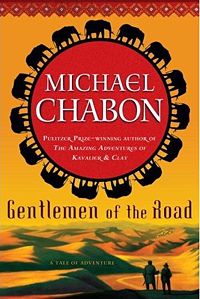 Today's instruments are a bit confusing because Partch shifted the roman numerals he used to name them during his life.
Today's instruments are a bit confusing because Partch shifted the roman numerals he used to name them during his life.Partch bought and altered his first Adapted Guitar (pictured here thanks to Corporeal.com) in 1934 and used it to compose and perform his Americana works Barstow and U.S. Highball. He fitted the guitar with high, stainless-steel frets on a brass plate that was screwed into the neck to aid in tuning the guitar to just intonation.
In 1945, he adapted a guitar with a smooth and narrow fingerboard by adding pinheads and brass rivets and filing them down to be equal to the the fingerboard's level.
That same year, Partch adapted a Hawaiian guitar, complete with a plastic rod to make gliding pitches possible. While the six strings of the first two guitars were tuned in three pairs of octaves (2/1), each a third (5/4) apart, the ten strings of the third guitar are tuned according to one of Partch's hexads.
Obviously he couldn't call all three instruments "Adapted Guitar," so he started calling the second guitar Adapted Guitar I, the Hawaiian guitar Adapted Guitar II, and the original guitar Adapted Guitar III. But in 1956, he gave up on the second guitar and renamed the original guitar Adapted Guitar I.
Confused? I thought so. All you need to remember is that Partch ended up with two guitars - Adapted Guitar I, which was the original and has six strings, and Adapted Guitar II, which is based on a Hawaiian guitar and has ten strings.
Here's an excerpt from Partch's Barstow performed on Adapted Guitar I:




No comments:
Post a Comment